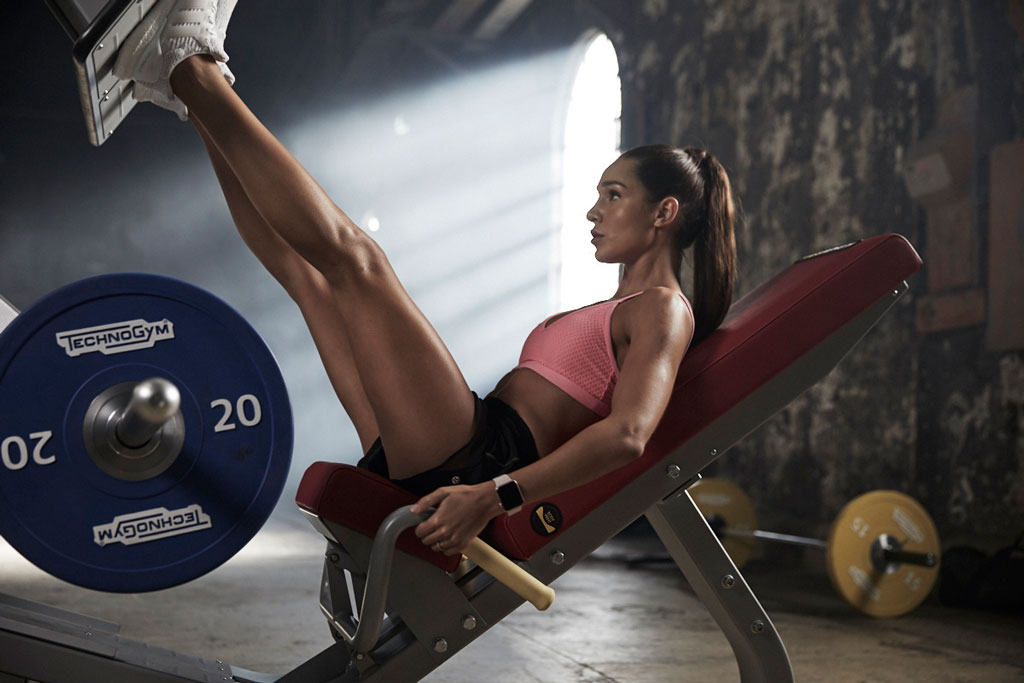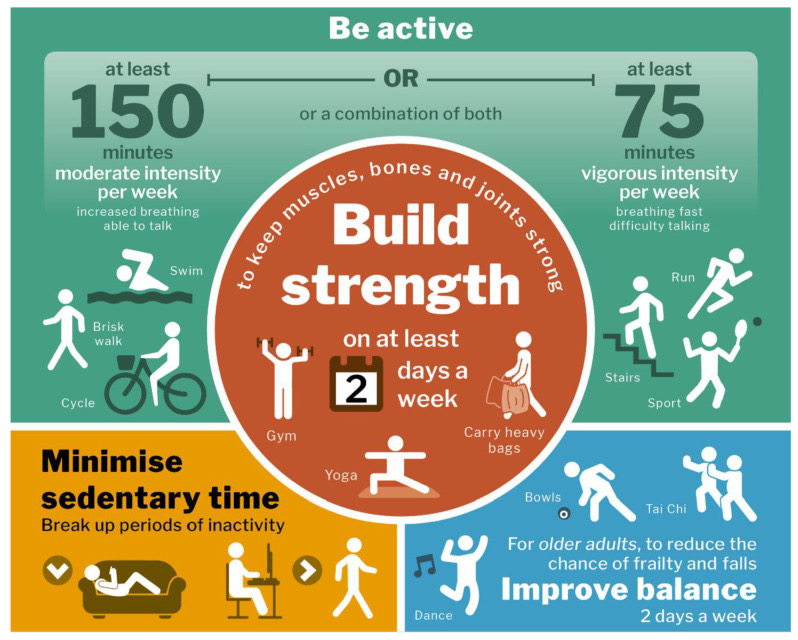In this post we discuss why most people aren’t strength training effectively and why this becomes critical to our health as we age.

It’s that time of year again when fitness goals are set and gym membership sales peak. Apparently 11% of all gym memberships are sold in January, more than any other month of the year.
Despite this, there’s no doubt the biggest issue population wide is that people don’t do enough exercise. Most organisations are focused on this.
Take U.K. Active for example. Their slogan – more people, more active, more often – leaves no doubt as to their aims.
Fantastic.
Is getting people moving more the answer to the U.K’s health issues though?
It will certainly improve some.
The biggest killer in the U.K. remains cardiovascular disease and we know that inactivity is a major contributor to heart issues.
Something interesting happens to people’s activity levels after the age of 55 however.
Take a look at this report from Sport England. It shows a marked decrease in activity from 55 onwards, which gets worse with every passing decade.
Why do 55 year olds become less active?
Whilst no two people in their 5th and 6th decade of life are the same, we all share one thing, we’re human.
Humans have a relatively predictable life cycle. It’s well known we begin to lose muscle strength and power from our 30s onwards.
Whilst these changes are subtle at first, they become more noticeable as we move into our 50s and 60s.
This can lead to a number of undesirable changes to our bodies. These include an increase in aches and pains, reductions in range of motion, and a decrease in exercise capacity.
If left unchecked these changes may eventually result in the loss of up to 30% of our muscle mass by the time we reach our 70s.
Loss of such an important metabolic tissue can contribute to chronic diseases such as type 2 diabetes, obesity and osteoarthritis.
Is loss of muscle a contributing factor to reduced activity levels as we age?
In the cohort of people I see on a regular basis, it certainly seems to be the case.
Most are active individuals who have primarily focused on endurance type exercise such as running or cycling.
As they’ve reached their 40s and 50s however, they’ve experienced a steady increase in aches and pains that have restricted their ability to exercise.
These include ailments like ‘bad backs’ for example and sore knees.
It seems logical to assume this effect is being played out across the population to varying degrees. From the individual who can no longer go for long walks due to knee pain, through to the marathon runner who can’t run because of ongoing ankle issues.
What they all likely have in common is a lack of good quality strength training.
Strength training
Whilst there are recommendations for strength training by the Chief Medical Officer (CMO) to counter these changes, there seems to be some confusion among the general public as to what strength training actually is. This is compounded by inaccurate representations in the CMO’s guidelines.

As you can see from the graphic above, strength training is represented by illustrations of activities like carrying heavy shopping and yoga. Neither of these will have a significant impact on strength over an extended period of time.
Research shows that yoga and Pilates classes generally lead to a plateau in strength after 4 to 6 weeks, with no further gains seen after this time.
Once your body has adapted to the novel stimulus, no further strength gains will take place because the challenge remains more or less the same.
In order to facilitate further change the challenge must slowly and progressively increase.
Even people who think they’re participating in effective strength training in the gym may not be.
One Australian study found only 17% of their subjects were participating in what they described as regular strength training. This dropped to less than 2% when these activities were assessed against the American College of Sports Medicine (ACSM) recommendations.
So what is strength training?
Put simply, strength training involves applying a progressive resistance to the muscles in order to stimulate an adaptation in strength. You will also see this called resistance training.
The ACSM guidelines recommend 8-10 exercises for all the major muscle groups be performed on non consecutive days. Ideally with a load that’s equivalent to 60 to 70% of your 1 repetition maximum.
Here’s the key bit of information that’s often missed though;
‘When training at a specific load, it is recommended that 2-10% increase in load be applied when the individual can perform the current workload for one to two repetitions over the desired number.’
In other words if you don’t increase the resistance when it’s appropriate to do so, you will plateau.
Of course increasing the load is entirely context dependent and ‘should be contingent upon an individual’s target goals, physical capacity, and training status’ as the ACSM make clear.
Why strength training has to be performed in a gym
Given what you’ve just read it should come as no surprise that effective strength training can’t be performed at home, in a class, with resistance bands, or with your body weight.
Whilst all these approaches will lead to some gains in strength, how can you accurately increase the weight by 2-10% every time you make progress? You can’t.
What’s more you’ll be severely restricted in the number of muscles you can effectively challenge through their full range of motion. Strength training machines are built exactly for this purpose.
Whilst some of you may not enjoy going to the gym, you will enjoy having stronger muscles and a healthier, more robust body with less pain.
I don’t enjoy going to the dentist but I like having teeth that don’t hurt.
Trust me, it’s worth it.
Summary
Encouraging people to move around more won’t solve the U.K.’s health issues. Especially if the reason they begin to move less is because they’re suffering from various aches and pains.
Strength training can play an enormous role in keeping our ageing population healthy. The guidelines for its application must be clearly explained and followed however.
Carrying heavy bags of shopping and doing yoga won’t cut it unfortunately.